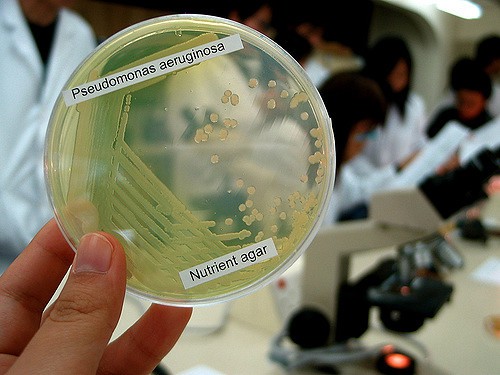November 17, 2016

Hospitals can be dangerous places. While healthcare-associated infections (HAIs) have steadily decreased in the United States, the proportion of drug-resistant cases could be increasing. They are in the case of pediatric Pseudomonas aeruginosa, a common healthcare-associated infection.
A study published today in the Journal of the Pediatric Infectious Diseases Society, by CDDEP researchers and co-authors, finds that in just over a decade, multidrug-resistant cases of P. aeruginosa have increased from 15.4 percent to 26 percent of all P. aeruginosa cases in U.S. pediatric settings. Over the same period, the proportion of carbapenem-resistant (CR) P. aeruginosa increased from 9.4 percent to 20 percent. That’s a 4 percent increase in each type of resistance every year.
The Centers for Disease Control and Prevention (CDC) estimates that 51,000 healthcare-associated P. aeruginosa infections occur in adults and children each year, of which 13 percent are multidrug-resistant and responsible for 400 deaths annually.
Healthcare-associated infections are not a new phenomenon. However, as they become increasingly resistant to antibiotics, they will continue to raise hospital and societal costs, and pose an even greater threat to patient safety.
Read the study in the Journal of the Pediatric Infectious Diseases Society: http://jpids.oxfordjournals.org/lookup/doi/10.1093/jpids/piw064
Image via Denise Chan (CC BY-SA 2.0)











